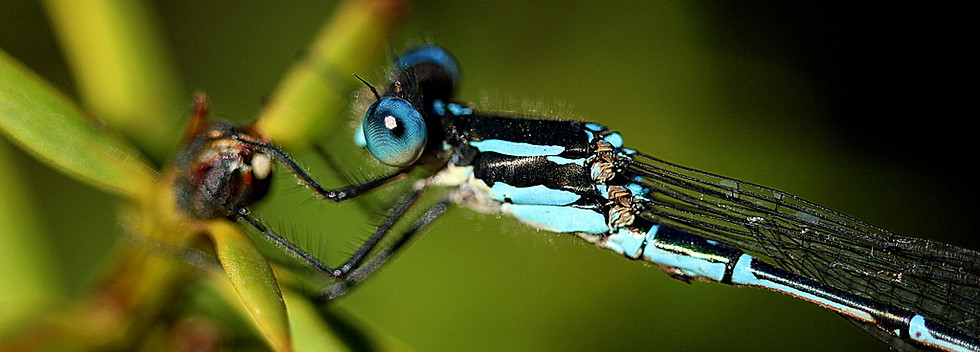
New Zealand Terrestrial Invertebrates

An introduction
Terrestrial invertebrates (animals without backbones) are the most diverse group of animals on earth, from the primitive (worms) to highly evolved (insects and spiders).

Congratulations on finding this obscure part of the internet.
My Invertebrate Diversity powerpoint presentation is available free for educational purposes only. If you find it useful and would like to donate so I can expand on this site, please click the paypal link above.
New Zealand Terrestrial Invertebrates
Invertebrates are critical components of the habitats and ecosystems – far more than the obvious and familiar vertebrate species. It is difficult to appreciate the importance of microbes and worms, which are essential for the improvement of soil fertility: populations of mites, collembola (springtails), worms, and insect larvae that break down plant and animal material. Decomposition builds up the amount of organic matter accumulated in the soil. Thus, terrestrial invertebrates are essential to soil fertility and plant growth upon which all terrestrial animals ultimately depend.
We are hampered by the lack of specific information about the various ecosystem functions of most terrestrial invertebrates. Traditional ecological management has been based on a single-species perspective focusing on the activities that directly threaten declining species (usually based around highly visible “valuable” species, often referred to as “charismatic megafauna”). It would be impossible to conserve invertebrate diversity successfully if we attempted to survey, study, manage, and monitor invertebrates species by species.
The factors that cause invertebrate species to become rare often operate in similar fashion for vertebrates that humans tend to be more aware of and to value more highly. Invertebrate populations are declining as they are affected by habitat degradation and habitat loss, and by pollution. However, management efforts that benefit important bird species can also have positive benefits for the invertebrate species that share the habitat.
An ecosystem approach is needed because the loss of species interactions and their ecological functions is of even greater consequence than the loss of one or more individual species. Ecosystem Management that takes a broad multi-species and -systems perspective is essential to the conservation of invertebrate species and the ecosystems of which they are a part.
New Zealand's terrestrial invertebrates represent a diverse and unique group of creatures that have evolved in isolation for millions of years. As an isolated island nation, New Zealand has been a sanctuary for a remarkable array of insects, spiders, snails, and other invertebrates that have adapted to its diverse ecosystems.
The country's invertebrate fauna is characterized by a high degree of endemism, with a significant portion of species found nowhere else in the world. Among the most iconic New Zealand invertebrates are the giant wētā, massive insects that have earned a reputation for their size and fascinating behaviours. The country is also home to remarkable stick insects, some of which rank among the largest in the world.
New Zealand's invertebrates have adapted to various habitats, from lush rainforests and alpine regions to coastal areas and arid landscapes. Their adaptations often reflect their unique ecological roles, such as pollinators, decomposers, and predators.
Despite their ecological significance, many New Zealand terrestrial invertebrates face conservation challenges. Habitat loss, introduced predators, climate change, and other human-induced factors threaten their survival. As a result, efforts are underway to protect and conserve these unique species and their fragile ecosystems.

Centipedes & Millipedes
Centipedes and millipedes are among the most intriguing and misunderstood creatures in the world of arthropods. They belong to the subphylum Myriapoda, which translates to "myriad feet," and both groups exhibit distinct characteristics that set them apart from other arthropods like insects and spiders. Although often mistaken for one another due to their similar appearance and common association with numerous legs, centipedes and millipedes are quite different in terms of their anatomy, behaviour, and ecological roles.

Crustaceans (Amphipods & Isopods)
Terrestrial isopods and amphipods are two intriguing groups of crustaceans that have adapted to diverse environments, occupying both land and marine habitats. They belong to the subphylum Crustacea, which encompasses a vast array of arthropods that exhibit incredible versatility and ecological significance. From their distinctive anatomy to their ecological roles, these crustaceans have captured the attention of scientists and nature enthusiasts alike.
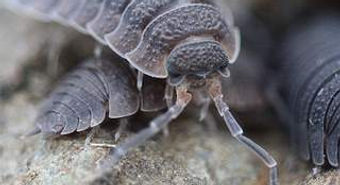
Insects
Insects, a class of arthropods, reign as the most numerous and diverse creatures on Earth. Comprising more than one million described species, with estimates of millions more awaiting discovery, insects play a pivotal role in shaping ecosystems, supporting biodiversity, and impacting human life in countless ways. From delicate butterflies fluttering through meadows to busy ants building intricate societies, the world of insects is a captivating one, offering a kaleidoscope of colours, behaviours, and adaptations.
Includes: Bees, Wasps, Termites, Ants, Butterflies, Moths, Flies, Dragonflies, damselflies, Katydids, Crickets, Weta, Cicadas, Earwigs, Cockroaches, Stick insects and Mantids.
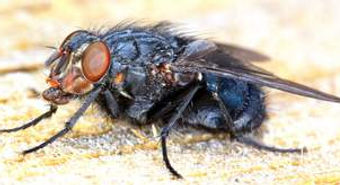
Harvestmen
Harvestmen, also known as daddy longlegs or opiliones, are a unique group of arachnids that have captured the curiosity of naturalists and the imagination of the public for centuries. With their long, spindly legs and distinctive body shape, and massive jaws, harvestmen stand out as some of the most intriguing and enigmatic creatures in the arthropod world.
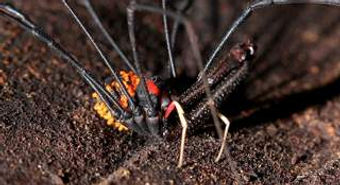
Slugs & snails
Terrestrial slugs and snails are fascinating gastropod molluscs that have adapted to various terrestrial environments across the world. These seemingly unassuming creatures exhibit remarkable diversity in shape, behaviour, and ecological roles.

Peripatus
Peripatus, commonly known as velvet worms, are a fascinating and enigmatic group of terrestrial invertebrates that has captured the interest of scientists and nature enthusiasts alike. These unique creatures are part of the phylum Onychophora, which means "claw bearers" in Greek, referring to the characteristic claws on their appendages. Velvet worms are renowned for their unusual combination of arthropod and annelid characteristics, making them a subject of special interest in the fields of evolutionary biology and biodiversity studies.

Worms
Worms, a diverse group of terrestrial invertebrates, play vital roles in ecosystems worldwide. Among the most well-known are earthworms, roundworms (nematodes), and flatworms (Platyhelminthes). Each of these groups has its unique characteristics, ecological significance, and impact on the environment.

Springtails
Springtails, scientifically known as Collembola, are a fascinating and diverse group of minuscule arthropods that thrive in almost every terrestrial habitat on Earth. Despite their small size, springtails play crucial roles in ecosystems, impacting nutrient cycling, soil health, and overall biodiversity. In this exploration, we will delve into the intriguing world of springtails, their anatomy, behaviour, ecological significance, and the key role they play in the natural world.

Spiders
Spiders, the fascinating arachnids that evoke both fear and admiration, are among the most diverse and successful creatures on Earth. With over 48,000 known species and likely many more yet to be discovered, these skilled predators have conquered virtually every corner of the globe, adapting to an astonishing array of environments. From the tiniest jumping spiders, intricate web-building spiders to the large and formidable tarantulas, each spider species boasts unique adaptations and behaviours that have captivated scientists and intrigued people for centuries.
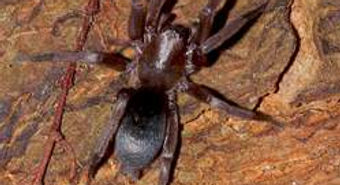
Mites & Pseudoscorpions
Mites and pseudoscorpions are two fascinating groups of arachnids that are often overlooked due to their small size. Despite their diminutive stature, they are mighty players in various ecosystems and have captivated scientists with their intriguing adaptations and behaviours. Let's explore the remarkable world of mites and pseudoscorpions and the important roles they play in the natural world.
